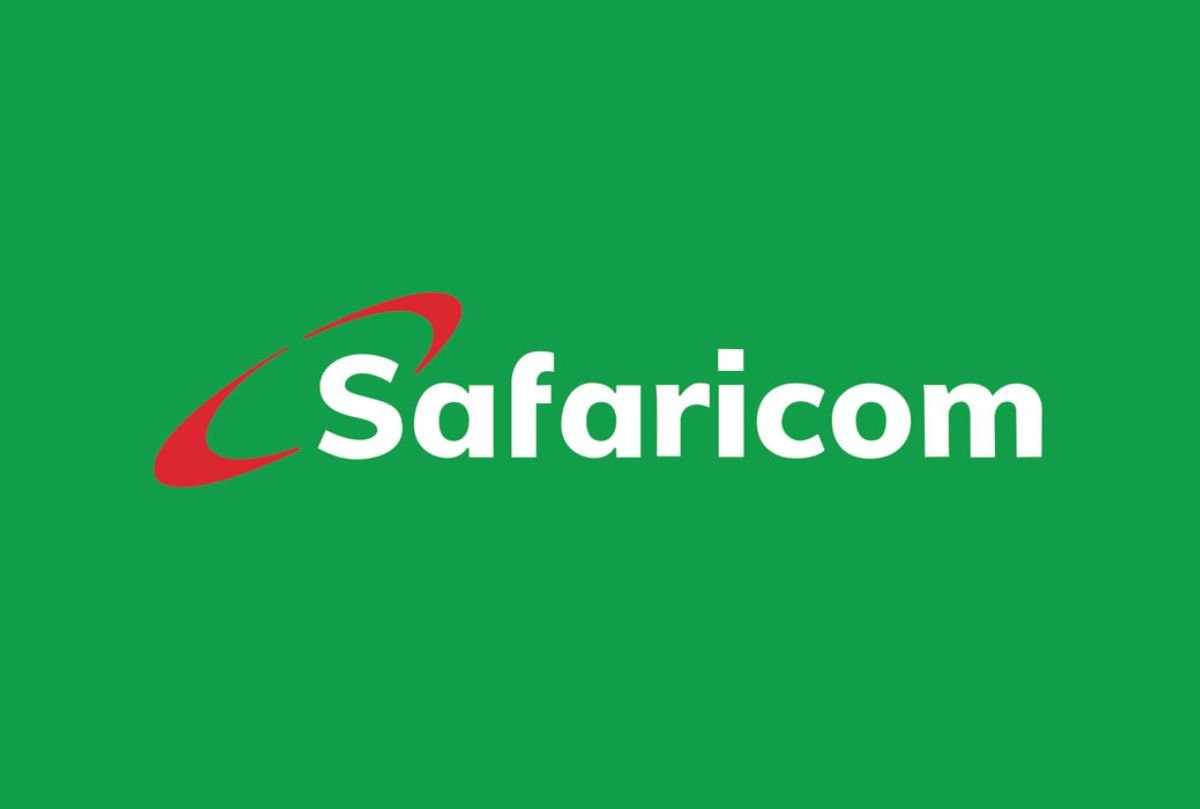Kenya’s economy recorded a 4.9% growth in the first quarter of 2025, sustaining the same momentum observed during the corresponding period in 2024, according to the latest Quarterly Gross Domestic Product (GDP) Report by the Kenya National Bureau of Statistics (KNBS).
The expansion was underpinned by notable improvements in several key sectors, with agriculture, information and communication, and wholesale and retail trade playing a central role. The report highlights a resilient economic performance despite global and regional uncertainties, showcasing Kenya’s gradual economic stabilization and sectoral recovery.
According to the report,Agriculture, forestry, and fishing are which are Kenya’s largest economic contributor grew by 6.0%, up from 5.6% in Q1 2024. KNBS attributes this acceleration to favorable weather conditions that enhanced both crop and livestock production in many parts of the country. The subsector benefited from steady rainfall patterns that supported maize harvesting, horticultural activities, and pasture growth for livestock.
Data from the report shows that milk deliveries to processors increased significantly, rising from 218.8 million litres in Q1 2024 to 250.6 million litres in Q1 2025. Coffee exports also surged by 73.8%, jumping from 9,722.3 metric tonnes to 16,894.4 metric tonnes, reflecting better international prices and improved yields.
The Information and Communication sector, one of Kenya’s fastest-growing industries, expanded by 5.8% during the quarter, supported by increased demand for digital services, mobile data, and fintech platforms. The continued shift toward digitalization in both private and public sectors has bolstered innovation and expanded access to ICT services across urban and rural areas.
Wholesale and Retail Trade posted a 5.4% growth, buoyed by strong consumer demand, rising retail activity, and improved supply chain efficiencies. Real Estate also remained on a growth trajectory, expanding by 5.3%, largely driven by urban housing demand and commercial developments.
Financial and Insurance activities grew by 5.1%, reflecting increased credit uptake by households and businesses, while Public Administration recorded a robust 6.5% growth, attributed to enhanced government spending and public service delivery.
Professional, Administrative and Support Services saw a 4.6% increase, while the Transport and Storage sector registered a modest growth of 3.8%. Though lower than other sectors, the transport sector’s performance indicates steady recovery in freight and passenger services after previous disruptions.
According to KNBS, the steady GDP growth signals improved macroeconomic conditions, supported by a rebound in agriculture, a vibrant services sector, and rising private sector confidence. However, the Bureau cautions that inflationary pressures, high interest rates, and global economic uncertainties such as geopolitical tensions and supply chain disruptions,could pose challenges in the coming months.
The government’s ongoing economic reforms under the Bottom-Up Economic Transformation Agenda (BETA), including support for small enterprises, agricultural subsidies, and digital infrastructure investments, are expected to sustain momentum through the rest of 2025.



